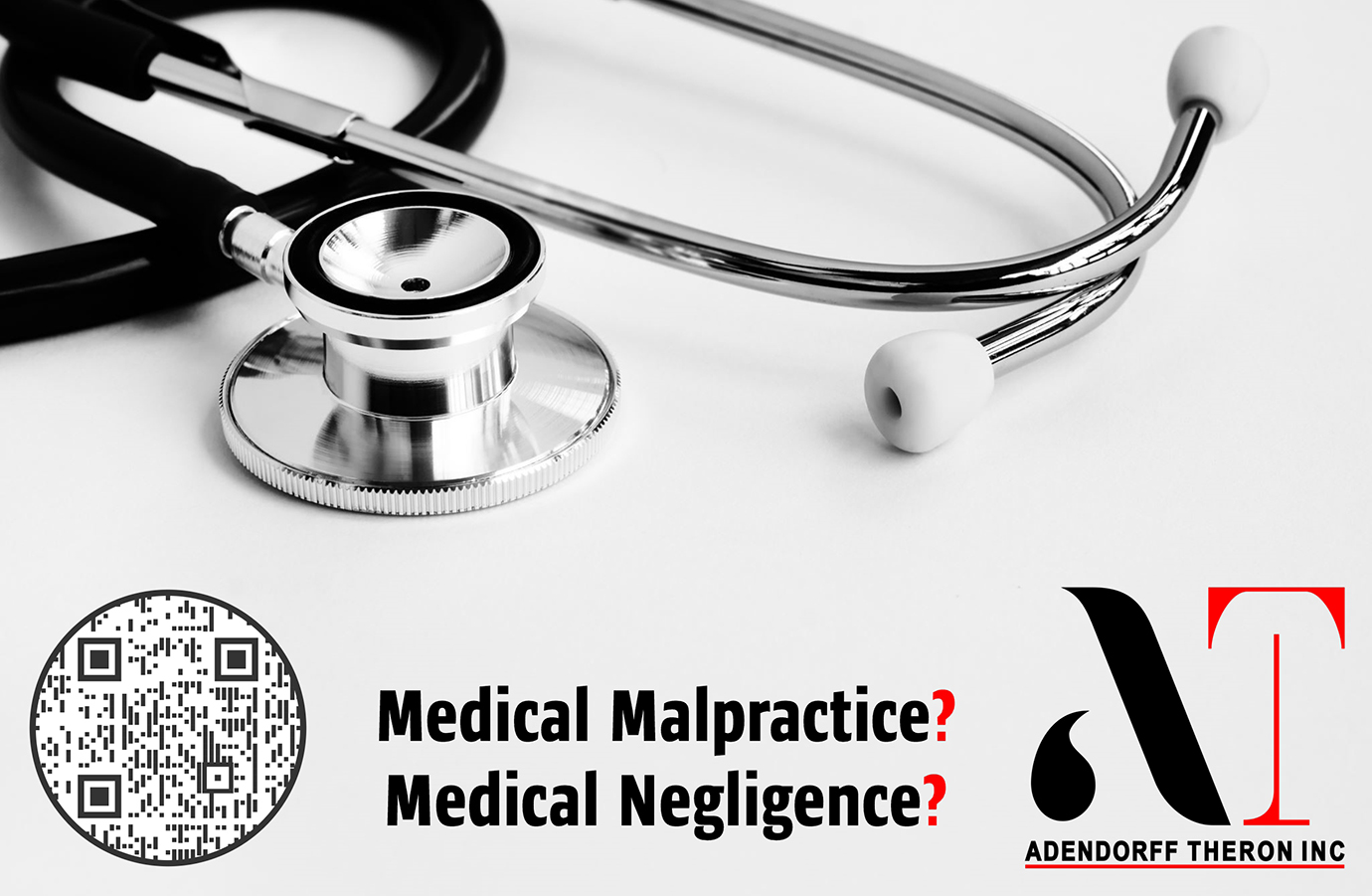
Seeking Justice and Healing: Navigating Birth Trauma and Medical Negligence
INTRODUCTION
The arrival of a new life is a time brimming with limitless optimism and eager expectation. Nonetheless, certain families find their excitement dampened by the troubling aftermath of birth trauma, a result of medical negligence casting a shadow over the joy of childbirth.
A JOY TINGED WITH SORROW
The arrival of a new child should evoke celebration, yet for specific families, it transforms into a path characterized by unanticipated trials. Birth trauma encompasses the physical injuries that might unfold during childbirth, frequently attributable to medical blunders or insufficient care administered by medical practitioners. These injuries possess the potential to create prolonged repercussions in the lives of both the child and their family, resulting in persistent physical, emotional, and financial challenges.
THE QUEST FOR JUSTICE
When confronted with birth trauma stemming from medical negligence, embarking on a legal course of action becomes an essential stride in the path towards justice. The endeavour to secure compensation for the suffering endured by both the mother and child due to medical negligence extends beyond mere financial recompense; it is a means of ensuring that those responsible are held accountable for their deeds.
WHAT IS BIRTH TRAUMA?
Birth trauma encompasses an extensive array of injuries that newborns can undergo throughout the process of childbirth. These injuries are diverse, ranging from fractures and nerve damage to brain injuries and beyond. Often, these complications stem from a variety of errors, including the improper utilization of medical instruments, insufficient monitoring, untimely implementation of necessary interventions, or a failure to promptly address warning signs. In instances where medical practitioners deviate from the expected standards of care, these injuries can have far-reaching consequences that influence a child's life trajectory and impose substantial burdens on both the child and their family.
UNRAVELLING MEDICAL NEGLIGENCE
Medical negligence materializes when healthcare providers neglect to uphold the acknowledged standard of care, resulting in harm to the patient. In the specific context of birth trauma, instances of medical negligence can manifest at numerous junctures, spanning the spectrum from prenatal care to postnatal care. Within this scope, a comprehensive array of medical professionals, including obstetricians, midwives, nurses, anaesthesiologists, and other vital members of the medical team participating in the birthing journey, may all contribute to such cases. These instances of negligence can encompass misjudgements, errors in medical interventions, insufficient monitoring, and neglecting established protocols, collectively having the potential to profoundly impact both the immediate health of the newborn and the long-term well-being of both the child and their family.
THE ELEMENTS OF A LEGAL CLAIM
Constructing a case for medical negligence demands the establishment of several pivotal components, each contributing to the comprehensive evaluation of the situation:
Duty of Care: In the realm of childbirth, healthcare providers bear the responsibility to administer competent and rational care rooted in recognized medical standards, extending this duty to encompass both the well-being of the mother and the child.
Breach of Duty: The crux of medical negligence surfaces when a healthcare provider falters in meeting the anticipated standard of care, veering away from established medical protocols and accepted practices.
Causation: Central to the argument is the requirement to substantiate that the breach of duty holds a direct link or significant contribution to the occurrence of birth trauma. This entails demonstrating that the injuries would not have arisen in the absence of the negligence in question.
Damages: Integral to the case's foundation is the presentation of tangible consequences resulting from the birth trauma. These consequences span across physical, emotional, and financial spheres, encompassing not only immediate medical expenses and ongoing treatment costs, but also the enduring toll of pain and suffering. Additionally, the diminished quality of life experienced by both the child and their family as a consequence of the trauma forms a crucial element in determining the extent of damages.
Collectively, the interplay of these elements constructs a comprehensive narrative essential to substantiating a claim of medical negligence in cases of birth trauma.
VARIETIES OF BIRTH TRAUMA
Birth trauma exhibits itself in a myriad of manifestations, each presenting distinct challenges that echo across the spectrum of medical and emotional repercussions. These diverse forms encompass a range of complexities, from head injuries stemming from the improper utilization of medical instruments to brachial plexus injuries arising from the intricacies of difficult deliveries. The enduring impacts of these injuries resonate deeply within the child's well-being, transcending the immediate context of childbirth to influence their developmental trajectory, quality of life, and overall health outlook. The multifaceted nature of birth trauma underscores the critical importance of meticulous and comprehensive healthcare practices during the birthing process, in order to safeguard against these potentially life-altering consequences.
PURSUING LEGAL RECOURSE
Families impacted by the complexities of birth trauma possess the inherent right to initiate legal proceedings, aiming to attain due compensation for the multitude of losses endured. The pursuit of a personal injury claim emerges as a critical avenue through which these families can navigate the challenging aftermath, striving to secure not only financial solace but also a measure of justice. This financial restitution serves as a pivotal resource, providing the means to cover an expansive array of needs crucial to the child's comprehensive recovery and well-being. These encompass not only immediate medical expenses but also encompass therapeutic interventions, essential assistive devices, and educational provisions tailored to the unique requirements posed by the trauma. By seeking such legal recourse, families endeavour to forge a pathway towards recovery, safeguarding their child's future prospects while holding accountable those responsible for the birth trauma's life-altering implications.
NAVIGATING THE LEGAL PROCESS
Foremost and of paramount importance is the imperative to conduct a thorough investigation to ascertain the origin of birth trauma or associated injuries, determining whether they are a result of medical negligence. The acquisition and preservation of hospital records emerge as a pivotal step, encapsulating a comprehensive record of the care dispensed across the prenatal, labour, and delivery phases. Such inquiries delve into intricate terrains, necessitating meticulous scrutiny of the matter's merits and the enlistment of an array of domain experts.
Upon the confirmation of negligence, the claimant is positioned to initiate formal legal procedures. If the occurrence of medical negligence unfolded within a state-run hospital, an integral step entails notifying the relevant state organ within the purview of Section 3 of the Institution of Legal Proceedings Against Certain Organs of State Act (Act No. 40 of 2002) within a six-month window from the point of origin. It's important to note that missing this six-month deadline does not inherently preclude the claimant from pursuing legal action, as avenues for seeking condonation are available.
The legal proceedings subsequently set in motion can span over years in their entirety, encompassing diverse stages vital to the intricate process. Among these are the stages of pleading, wherein parties articulate their respective claims and defenses, and the stage of discovery, wherein pertinent information is disclosed. Central to this progression is the trial stage, wherein the factual and legal contentions are dissected and adjudicated.
The dynamics of legal proceedings are marked by their evolving nature, often punctuated by delays attributed to factors like uncooperative participation of involved parties or legal contentions. These obstacles contribute to the extended timeline that such legal processes can entail. The legal pursuit of justice, while complex, serves as a mechanism through which families can navigate the intricate realm of birth trauma, seeking not only accountability but also the compensation essential for the well-being and rehabilitation of those impacted.
FORGING A PATH TO HEALTH AND A BEACON OF HOPE
Birth trauma, stemming from instances of medical negligence, can etch profound imprints on the trajectory of both the child and their family's existence. Within this realm of adversity, the pursuit of legal recourse emerges as a potential avenue toward not only rectifying the wrongs but also securing compensation that can serve as a pivotal stepping stone for comprehensive healing. This journey towards justice encompasses not only accountability for the negligence but also the means to access essential resources that are instrumental in ensuring ongoing care for the child and an enhanced quality of life.
A nuanced comprehension of the legal process and the guidance of adept birth injury attorneys can be instrumental in helping families navigate the intricate landscapes of medical negligence cases. This expert guidance empowers families to chart a course through complexities, ultimately striving for the justice that befits their circumstances.
In this pursuit of justice and healing, Adendorff Theron Inc shine as beacons of hope. Drawing upon an extensive wealth of experience in matters related to birthing injuries, Adendorff Theron Inc has meticulously crafted a tailored legal strategy. This strategy encompasses a holistic approach, one that not only seeks justice but also prioritizes the effective and expeditious resolution of litigation. This approach is illuminated by the exploration of alternative dispute resolution methods, such as mediation or arbitration, which can expedite the attainment of resolution and redress.
The distinctive approach undertaken by Adendorff Theron Inc underscores their unwavering focus on seeking justice with both efficiency and effectiveness. This commitment is aligned with their aim to not only provide legal representation but to also serve as partners in a journey that strives for healing, restoration, and the realization of rightful compensation.
REACH OUT TO ADENDORFF THERON INC
Do you have reason to believe that you or a cherished family member has been impacted by medical negligence? Connect with Adendorff Theron Inc. to initiate an examination of your situation. Our cadre of skilled attorneys is perpetually prepared to provide support and navigate you through this journey.
Reaching us is effortless – access our digital business cards at:
Or explore our website at:
https://www.adendorfftheron.com
Adendorff Theron Inc: Your Guiding Light and Reliable Legal Ally.
